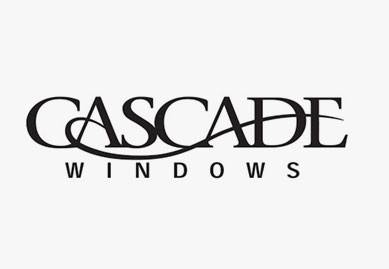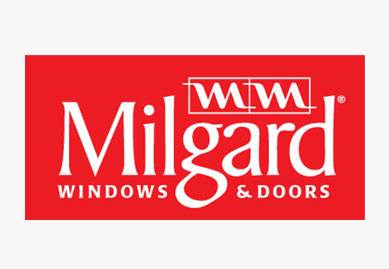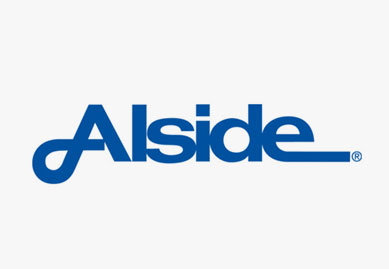Fire-Rated Windows: What are They and Why Do You Need Them in California?
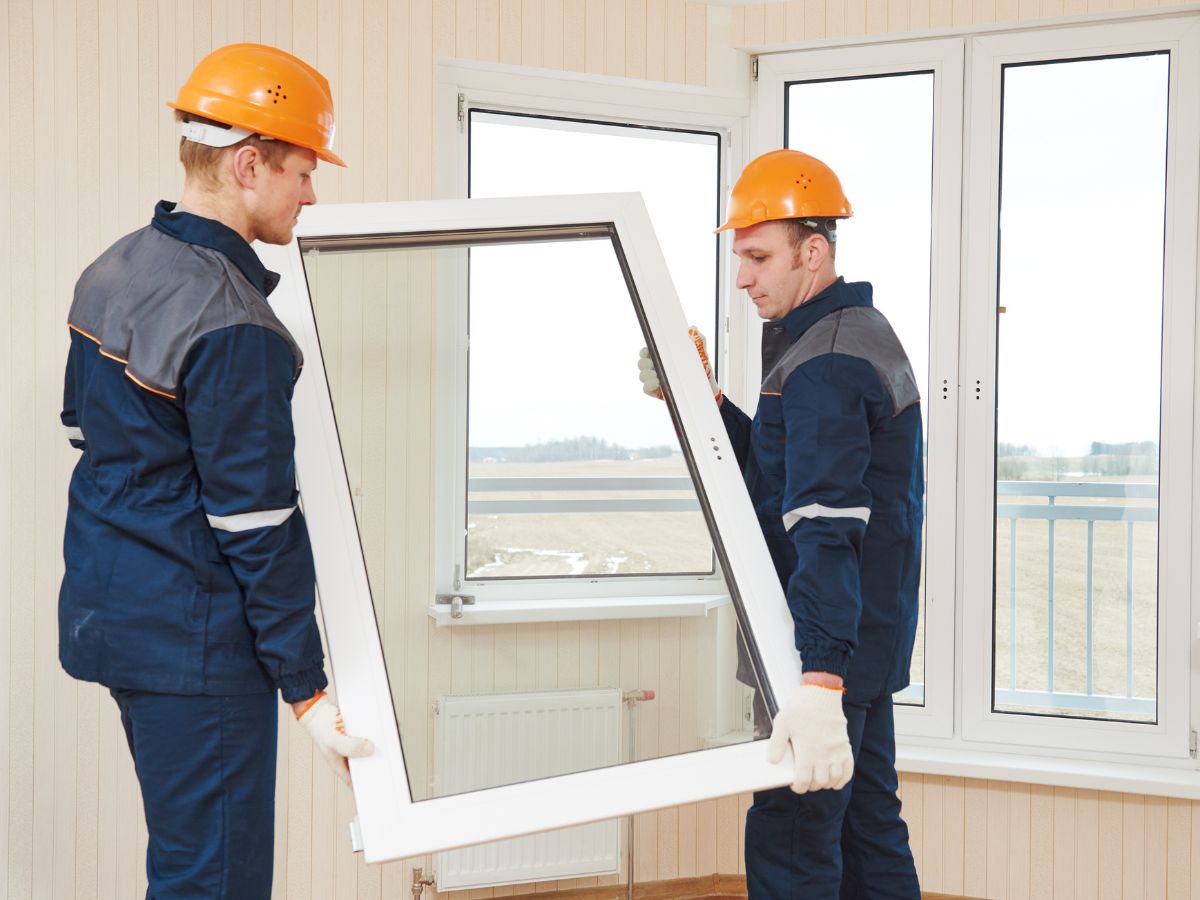
If you live in California, you know our state struggles with fire. The dry, warm weather we enjoy is not an issue by itself, but combine that with all the shrubs, pine needles, and dry grasses, and you have the largest acreage burned in the U.S. every year.
Knowing this, California has created specific instructions for areas more prone to fires. The different fire zones have regulations for your windows that can be the difference between life and death. This is why it is crucial to always check and follow any fire-code requirements for your windows
Defining Fire Rated Windows
Before we go into why you need fire-rated windows, we will cover what defines a fire rating and how the windows are made to accommodate them.
Understanding Fire Rating and The Components of Fire-Rated Windows

Fire-rated glass, made with tough glass layers and intumescent material to handle temperatures over 1600°F, is crucial during fires.
The outer glass breaks in a fire, and the intumescent layer expands to stop flames, heat, and smoke. A wireframe often secures pieces, improving safety. Fire-rated glass aims to slow flame spread, allowing time for safe evacuation.
Testing the window checks how well the glass works in natural fires. Two key measures, Integrity (E) and Insulation (I), show its performance. Integrity checks how long the glass stays intact, like E30, which means 30 minutes of flame resistance. Insulation measures how long the glass remains cool, like I30 offering 30 minutes of insulation.
Testing involves exposing the glass to heat in a controlled environment. The glass is installed in a large furnace, and the heat is raised to simulate a fire. The frame, glass, and wire structure must stay intact for the assigned time. Cracking is allowed as long as the glass still acts as a barrier.
A second phase, the hose stream test, is required for ratings of 45 minutes or more in the U.S. A high-pressure fire hose sprays water on the hot glass, testing its ability to withstand thermal shock. This ensures the glass remains effective even when exposed to sudden cooling during a fire.
Regular windows can’t handle high temperatures; standard glass breaks at 250°F; toughened glass at 500°F. Fire-rated windows act as barriers, containing fire for a set time. Rigorous testing using heat and water ensures their effectiveness, making them a crucial safety feature for your home.
Importance of Fire-Rated Windows in California
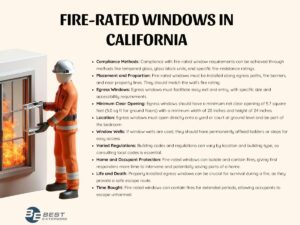
Increasing Frequency and Intensity of Wildfires
A look at recent wildfire trends in the state. Unfortunately, wildfires have always been a worry in California. In the past 5 years alone, 1,712,655 acres burned due only to wildfires. This year, we have officially recorded, as of December 11, 2023, 560,095 fire incident responses.
Building and Safety Codes
In California, fire-rated windows and their relation to egress requirements are governed by specific codes that aim to ensure safety during a fire.
Fire-Rated Windows:
1.Compliance Methods: California Building Code Chapter 7A allows various ways to meet the fire-rating requirements for windows. These include:
- Using an insulating glass unit with at least one pane being tempered glass.
- Construction with glass block units.
- Achieving a fire-resistance rating of not less than 20 minutes (test NFPA 257).
- Meeting the performance requirements of SFM Standard test method 12-7A-2
2. Placement and Proportion: Fire-rated materials, including windows, are typically required along egress paths, within fire and smoke barriers, and on exterior walls close to property lines (usually 10 feet or less). A fire-rated window’s rating should be equal to or greater than that of the wall it’s in. In some instances, windows not exceeding 25% of a wall’s total area may be exempt from fire rating requirements.
- General Requirements: Egress windows in California must facilitate safe and easy exit and entry, particularly from bedrooms. They should be easily openable without special tools or knowledge.
- Size and Accessibility: The minimum net clear opening should be 5.7 square feet (5.0 sq ft for ground floor) with a minimum width of 20 inches and height of 24 inches. The maximum sill height is 44 inches above the finished floor unless in a basement or cellar, where different requirements apply.
- Location: The escape and rescue opening must be part of the bedroom and should open directly onto a yard or court at ground level.
- Window Wells: If a window well or similar opening is used, it must be equipped with permanently affixed ladders or steps for easy access.
Homeowners, builders, and designers must know these requirements to ensure building safety and legal compliance. For specific projects, consulting local building codes and regulations is crucial, as these can vary depending on the area and the type of building.
For example, some counties will require a higher rating on the window’s fire safety/burn time. Other code changes can involve egress where the specific measurement of the opening is different, and you would not pass inspection unless you met that county’s exact size.
Home and Occupant Protection
With the windows now being able to isolate and contain the fire to a particular area, it gives more time for first responders to snuff out the fire. This allows the possibility of saving parts of your home instead of having it all completely burned down. Also, the most significant upside is the point I mentioned at the beginning – Life and Death.
An egress (escape route) is crucial in surviving a raging fire. Imagine you are trying to climb out the window, but it wasn’t installed up to code. Now, instead of climbing out the window opening that by standard California code cannot be higher than 44 inches, you are scrambling to climb out of an illegal window more than 4 feet off the ground. Another huge life-saver is the window’s ability to contain the fire for extended periods. Giving you and your family a chance to escape the home unscathed.
Buying time: The critical minutes during a fire emergency.
Benefits Beyond Fire Resistance

Enhanced Security
The short answer is the glass is hard to smash or break. The long answer is that because of their reinforced design, fire-resistant windows are much more durable than most standard windows.
This is because the glass is built to withstand extreme heat and instant temperature change (during testing, they blast the glass with fire and then instantly hose it down). The glass can take more beating than a standard or tempered window. Also, most of these fire-rated windows have laminated glass, which is used in the industry as an anti-theft strategy for home security.
Improved Energy Efficiency
Your home will be more insulated. Improved energy efficiency in fire-rated windows is achieved through their insulation properties. These windows are designed to resist heat transfer, which helps maintain a stable indoor temperature.
This reduces the need for extensive heating or cooling, potentially saving energy bills. By effectively insulating a building, fire-rated windows contribute to lower energy consumption, significantly reducing energy costs over time.
Their construction enhances safety in fire situations and contributes to energy efficiency in everyday use. We see first-hand examples of this all the time. For instance, we replaced 45 Windows and 3 Sliding Patio Doors in a nice neighborhood in Folsom, CA. The area required all the windows to comply with WUI.
In this case, we had to ensure the windows met a certain insulation level, and we had an exterior pane with tempered glass. His bill went from $1,800 a month (it was a ginormous home with a lot of sunlight) during July to around $700. Again, I know $700 is still a lot of money a month for electricity, but in this family’s case, they are now saving an average of $1,100 a month!!! That’s a crazy difference!
Noise Reduction
One of the great benefits of the insulation levels required by fire-rated windows is noise reduction. Having an insulated frame means that instead of soundwaves quickly penetrating through an empty frame, the sound waves are absorbed. Also, having a laminated glass package always reduces sound. “Laminated glass has a thin layer of polyvinyl butyral (PVB) sandwiched between two panes of glass to form the outer pane. PVB provides excellent acoustic performance by dampening soundwaves.” Combine all this. You have a window that protects you and your family and keeps it nice and quiet inside.
Pro Tip / Key Takeaways
Did you know most older homes do not meet egress with their existing window openings? Most homes need to have a correction, but some homes do grandfather in the old sizes if built before a specific year specified by your local county.
-Eric M.
Considerations When Selecting Fire-Rated Windows
When choosing fire-rated windows for your home, it’s not just about following safety standards; it’s about making an informed decision that balances safety, aesthetics, and budget. These windows play a crucial role in your home’s safety architecture, and understanding the key considerations can ensure you make the right choice.
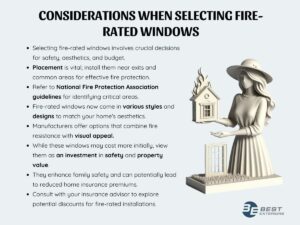
Location and Placement in Home
Installing fire-rated windows in areas most vulnerable to fire hazards and where they can offer the most protection is essential. This typically includes near exits and common areas where quick evacuation might be necessary. The National Fire Protection Association provides guidelines on home safety that can help identify these critical areas.
Compatibility with Home Design
Fire-rated windows have evolved beyond just functional elements; they now come in various styles and designs that can complement your home’s aesthetics. It’s possible to find options that provide the required fire resistance without compromising the look of your home. Manufacturers often showcase different designs, as seen on websites like Fire Glass.
Budget and Investment
While fire-rated windows can be more expensive than standard windows, it’s important to consider them as an investment in safety and long-term property value. They enhance your family’s safety and can contribute to your home’s overall value.
Investing in fire-rated windows might lead to reductions in home insurance premiums. Insurance companies often recognize the added safety these windows provide and may offer discounts. You can always consult with your insurance advisor.
Conclusion
In California, where wildfires are a constant threat, fire-rated windows are crucial for home safety. These windows are designed to withstand intense heat, slowing down fire spread and providing vital extra time for evacuation. Californians need to follow fire-code requirements, especially in high-risk areas.
Upgrading to fire-rated windows is not just about meeting regulations; it’s a vital step in protecting your home and family from the dangers of wildfires. Prioritize your safety: check your local fire codes and consider installing fire-rated windows.
FAQs – Fire Rated Windows
-
What is the difference between fire-rated glass and normal glass? Fire-rated glass is specially designed to withstand fire, smoke, and pressure to meet a certain parameter. While normal window glass varies and ranges from cheap glass to highly efficient glass.
-
Are fire-rated windows more expensive? In short, YES. It depends on what products you are comparing, but if you compare apples to apples, fire-rated windows typically will be more expensive.
-
Can a fire-rated window be operable? Yes, because most fire-rated windows just have a special glass system, they are basically regular windows with different glass.



 all communications are private and not shared with other parties.
all communications are private and not shared with other parties.
